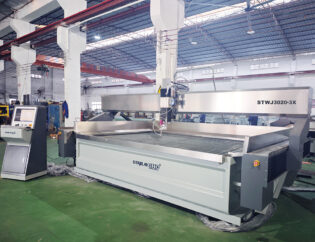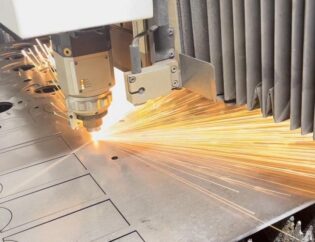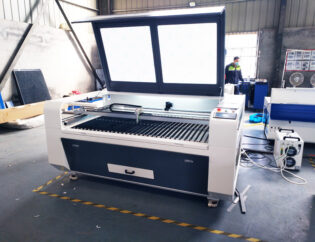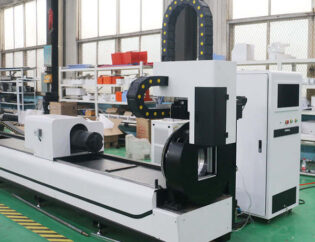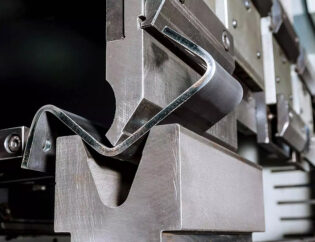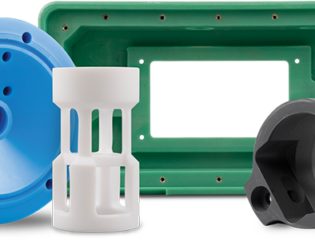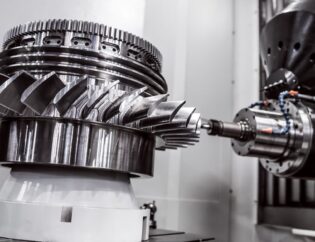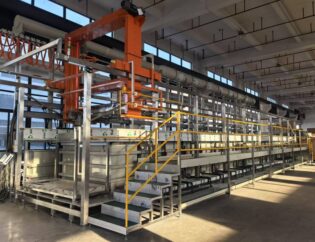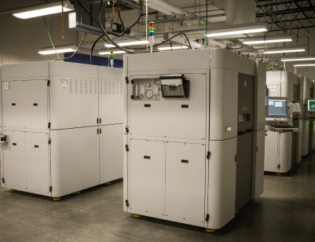Mill turn machining represents a significant advancement in the manufacturing industry, combining the capabilities of both milling and turning processes into a single operation. This innovative approach enhances efficiency, reduces production time, and minimizes the need for multiple setups. As industries demand higher precision and faster turnaround times, understanding mill turn machining becomes essential for engineers and manufacturers alike.
In this comprehensive guide, readers will explore the fundamental principles of mill turn machining, including its operational mechanics and the technology behind it. We will delve into the advantages it offers over traditional machining methods, such as improved accuracy and reduced waste. Additionally, we will cover the various applications and industries that benefit from this versatile technique.
By the end of this guide, readers will gain valuable insights into selecting the right mill turn machine for their needs, optimizing machining processes, and troubleshooting common challenges. Whether you are a seasoned professional or new to the field, this guide will equip you with the knowledge to leverage mill turn machining effectively in your projects.
What Is Mill/Turn Machining?
From spinal implants to medical instruments to micro aerospace components, extremely precise parts are the key to keeping some of the most critical aspects of our modern world running smoothly. Manufacturing these very small parts within near-perfect tolerances requires the right state-of-the-art equipment paired with the talent and dedication of the next generation of machinists.
The Machinists of Tomorrow blog post series helps aspiring machinists learn about the wide variety of equipment and career opportunities available in the exciting world of high precision machining. In this edition, keep reading to learn more about how a mill/turn works, how a mill/turn is used in high precision parts manufacturing, and the many benefits of the mill/turn’s combined functionality.
Understanding Mill/Turn Machining
Mill/turn machining revolutionizes CNC (Computer Numerical Control) machining by combining milling and turning in one machine. This integration enhances efficiency, precision, and versatility in manufacturing processes. Mill-turn machines merge the capabilities of a lathe and a milling machine, allowing for seamless transitions between different machining processes within a single setup.
Technical Features of Mill/Turn Machining
The following table summarizes the key technical features of mill-turn machining:
| Feature | Description |
|---|---|
| Multi-Tasking Capability | Combines milling, turning, drilling, and tapping in one setup. |
| Precision | Maintains tight tolerances with minimal repositioning of the workpiece. |
| Automation | Many machines offer automated loading, unloading, and probing capabilities. |
| Versatility | Can handle various materials and sizes, suitable for complex parts. |
| CNC Control Systems | Advanced systems coordinate multiple operations for precise control. |
Types of Mill/Turn Machines
Mill/turn machines come in various configurations, each suited for different applications. The following table outlines the different types of mill-turn machines:
| Type | Description |
|---|---|
| B-Axis Turn-Mills | Combine five-axis milling and turning for complex contouring operations. |
| Multi-Spindle Machines | Feature multiple spindles for simultaneous operations on different parts. |
| Compact Turn-Mills | Designed for tight spaces, ideal for small precision parts. |
| High-Performance Machines | Built for high-speed operations, suitable for large production runs. |
| Hybrid Machines | Integrate additional functionalities like laser cutting or grinding. |
Benefits of Mill/Turn Machining
Mill/turn machining offers numerous advantages over traditional machining methods. By integrating multiple operations into a single setup, it significantly reduces setup times and enhances production efficiency. This is particularly beneficial in industries such as aerospace, medical, and automotive, where precision and complexity are crucial.
Enhanced Efficiency
By combining multiple operations in one machine, mill-turn machining cuts down setup and cycle times, boosting production rates and throughput. This makes it perfect for high-volume production.
Improved Precision
With a single setup, mill-turn machines keep the workpiece stationary, reducing alignment errors and ensuring precise tolerances—vital for industries like aerospace and medical devices.
Cost Savings
Reducing the number of setups and transfers minimizes the risk of errors and lowers labor costs, resulting in significant cost savings over traditional machining methods.
Applications Across Industries
Mill-turn machines are invaluable in various sectors, including:
– Aerospace: For manufacturing complex components like turbine blades and engine parts.
– Medical: For producing custom implants and surgical instruments with high precision.
– Automotive: For critical components such as engine parts and transmission housings.
– Electronics: For intricate hardware components like motherboards and circuit boards.
– Energy: For parts in oil and gas and nuclear power plants, requiring low tolerance limits.
Conclusion
Mill-turn machining represents a significant leap forward in manufacturing technology. Its ability to combine milling and turning operations into a single, efficient process offers substantial benefits in terms of precision, efficiency, and cost savings. As industries continue to demand more complex and high-precision parts, the adoption of mill-turn machining is poised to grow, making it a cornerstone of modern manufacturing.
Frequently Asked Questions
Related Video
What are the key differences between mill-turn machining and traditional CNC machining?
Mill-turn machining integrates milling and turning operations into a single setup, enhancing production efficiency and precision. Traditional CNC machining requires separate machines for milling and turning, leading to increased setup times and higher logistical complexity.
What industries commonly use mill-turn machining?
Mill-turn machining is widely used in aerospace, medical, automotive, energy, and electronics industries due to its ability to produce complex parts efficiently.
How does mill-turn machining improve production efficiency and precision?
By consolidating multiple operations into one setup, mill-turn machining reduces setup and cycle times, minimizes repositioning errors, and ensures high accuracy and consistency.
What types of operations can be performed on a mill-turn machine?
Mill-turn machines can perform turning, milling, drilling, and tapping operations, allowing for complex features and intricate geometries in a single setup.
What are the cost implications of using mill-turn machines?
While mill-turn machines have higher initial costs, they save costs over time by reducing setup times, increasing throughput, and lowering maintenance needs, making them a cost-effective solution in the long run.

